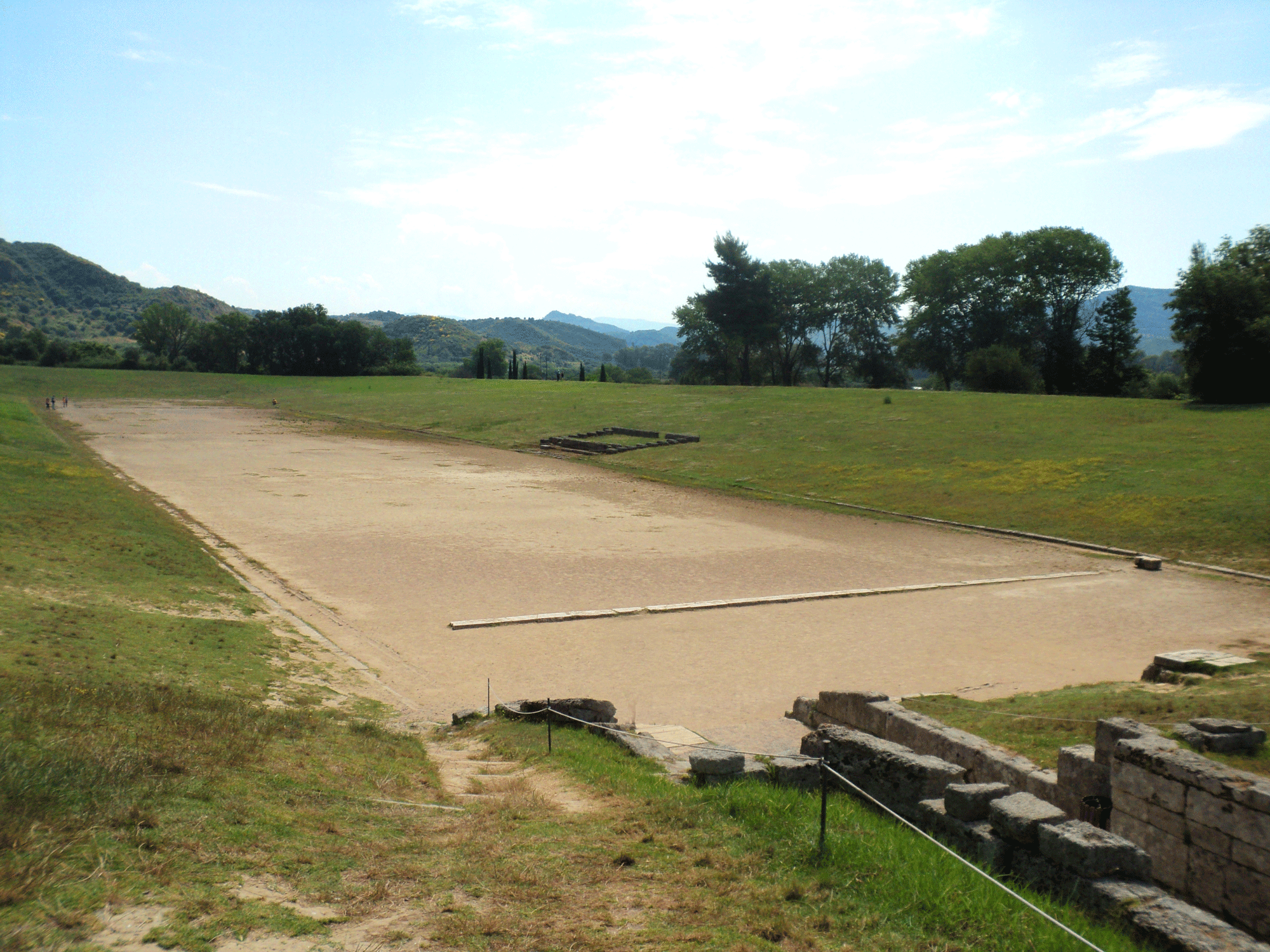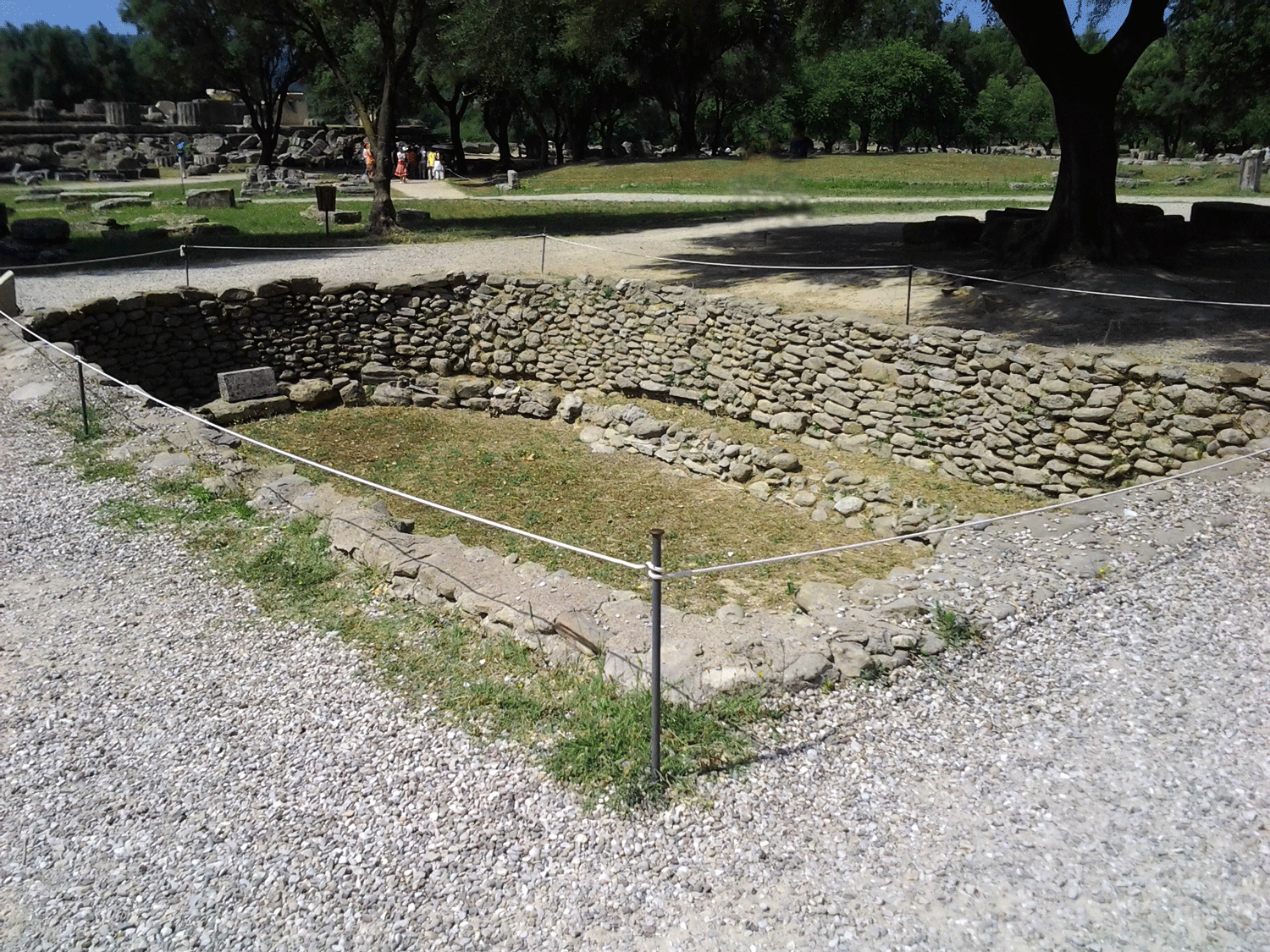

Sacred Olympia









Above, the Altis (sanctuary) of the Olympian Zeus. In the background, the Hill of Kronos. The image to the right and directly below it give a basic plan of how the area was laid out. Below it, a model of the grounds. For more information on Olympia, click on the images.
The information plaque above reads “Welcome to the archeological site of Olympia, one of the most important religious centers of antiquity. Its power and influence was felt throughout all the Greek world. In this place Zeus, father of the Olympian gods, was worshipped, and splendid athletic contests, the Olympic Games, were celebrated. In the cella of the temple of Zeus was placed the enthroned gold-and-ivory made cult statue of the god, work of the famous Greek Pheidias, one of the seven wonders of the antiquity. Here too, nowadays the ceremony of lighting the flame for the modern Olympic Games is held.”

Wiki. By Bibi Saint-Pol
Wiki. Photo by-Dorieo
Wiki. Illustration by Wilhelm-Lübke.
Wiki. Drawing by Maarten van Heemskerck
Olympia's famous track.
Altar of Zeus Olympia

Tourists tend to flock to the Temple of Zeus or the track and walk by the pit below without realizing what it is or what took place here. The Great Altar of Zeus stood directly across from the temple (upper left in the photo to the left) and it was on this altar that the real business of worshipping Almighty Zeus was performed, ritual animal sacrifices. Constructed not of stone as one might expect, it was made from centuries of accumulated and built-up organic materials and ashes (mixed with water from the Alpheios River to make a paste) and applied to form a rising structure. The traveler Pausanias (110-180 CE) says that it was over 7m high when he saw it. As he tells us, the victims were sacrificed on the lower level of the altar, at which time their thigh bones were carried to the summit and burned there. Sheep. Goats. Oxen. The Eleans performed this daily. Sometimes hundreds of victims were sacrificed during an Olympic year. The core ritual in worshipping the Olympians across ancient Greece was animal sacrifice. Lots of blood, lots of butchering, lots of burning. The photo below is linked to an artist's conception of the Great Altar of Zeus.



